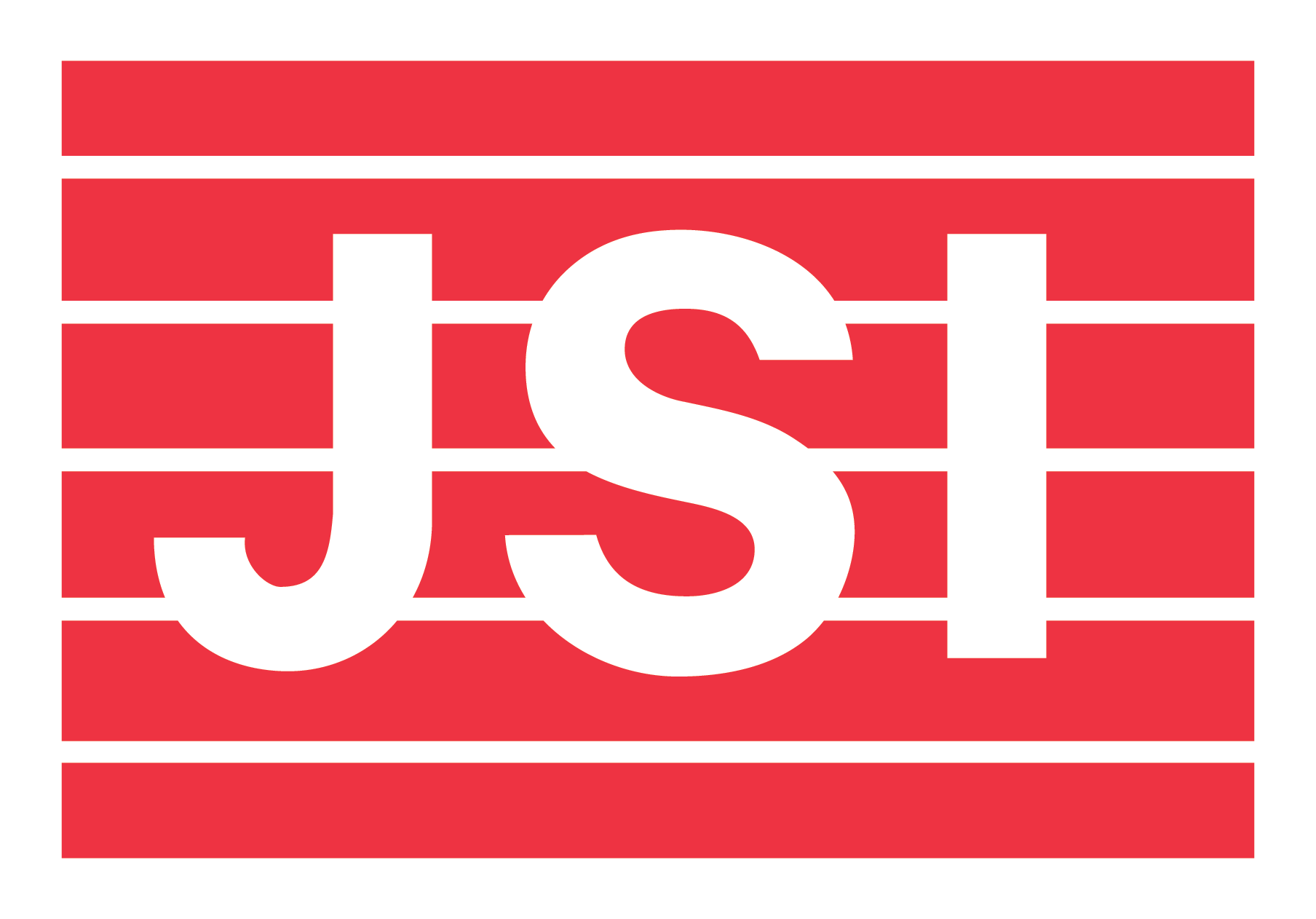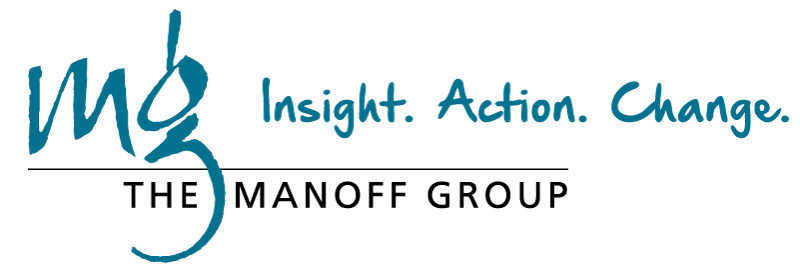Monitoring keeps your program on track. Without checking in regularly, it’s impossible to know how your activities are affecting your primary actors. Are their lives improving because of practicing your priority behaviors? Can you make it easier for them to practice? Can you recognize the brilliance of their changes with them in a positive way?
Monitoring lets you answer these questions and more, like:
- To what extent are your activities carried out? Why? How?
- Are they being carried out with the primary actors of your priority behaviors as intended?
- How are your primary actors feeling about all this change?
- Are activities and solutions accepted and acceptable?
- To what extent are the supporting actors carrying out their needed actions? Why? How?
- How are you as program managers managing this implementation and process? Do you need more support?
When monitoring behavior change, sometimes changes can be seen immediately. Other times it takes a bit more time to see. You need to be patient.
Some practices will change and be immediately evident, such as patients attending clinics to get their COVID-19 vaccines. They will go quickly to get their vaccination or not go at all because of your interventions. Other practices will be tried, but not yet totally in place. For example, farmers testing new irrigation techniques. While you see the techniques being used immediately, until the farmers see results in crop outputs, they will not fully adopt the behavior. So, you will need to wait on the crops to see the final behavior outcome.
But whether change is fast or slow, you need to monitor it on an ongoing basis. You never know when change will happen, and you want to be there to capture it when it does. It’s the whole reason you developed and implemented a behavior-led social and behavior change program. You don’t want to miss it!
Monitoring also has a surprising secondary effect.
You’ll feel good with your primary actors and with yourselves… Whether the monitoring results are super positive or not so much.
Just being out there with your communities, working to bring about change together with them and for them, is energizing for everyone’s well-being.
It’s why you do the work you do. Take advantage of every opportunity to get out there and monitor.




 The Manoff Group was acquired by JSI in 2022.
The Manoff Group was acquired by JSI in 2022.